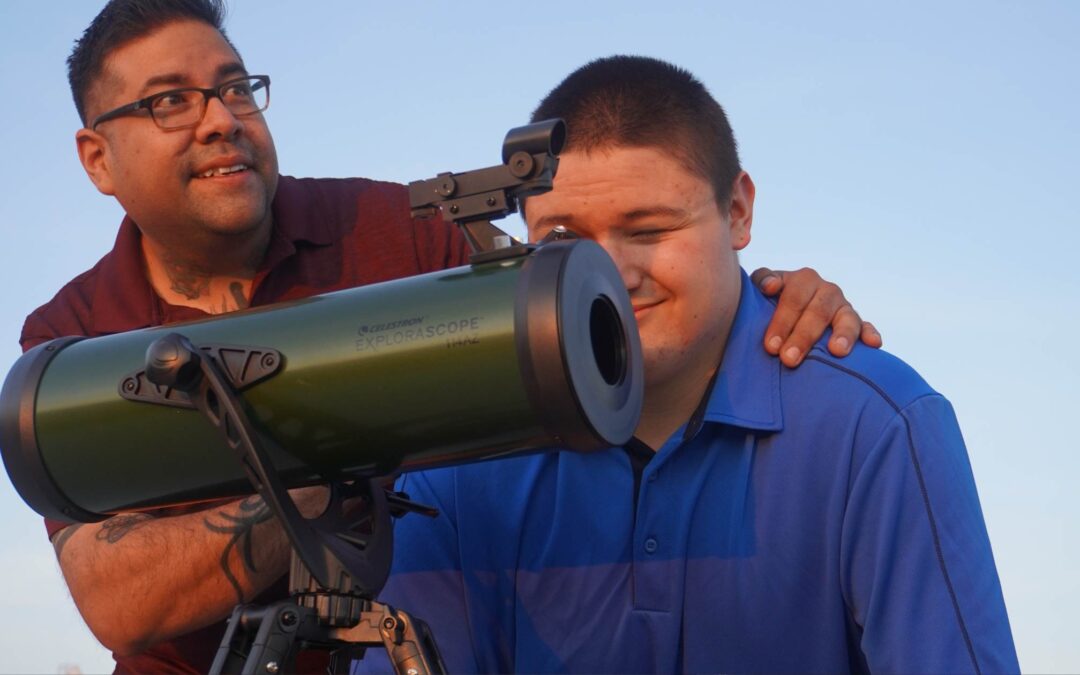Learn About Polar Animals
The Arctic
The Arctic region is located at the northernmost part of the Earth. It’s comprised of the Arctic Ocean and land from three continents (North America, Europe, and Asia), representing eight different nations: United States (Alaska), Canada, Iceland, Greenland, Sweden, Norway, Finland, and Russia.
Because there’s so much land in the Arctic, it’s easily accessible to many types of animals. Here you’ll find the arctic fox, hare, and wolf; caribou, moose, polar bears, and even reindeer! Some of these animals make their home in the Arctic seasonally while others remain year-round.
Antarctica
But the Arctic’s sister in the south is another story. Antarctica is home to the South Pole, which is the southernmost spot on Earth. Since Antarctica is one of Earth’s seven continents, it’s only reachable by animals that can swim or fly across hundreds of miles of bitterly cold ocean. Even then, there are few animals hardy enough to survive winters in the coldest, windiest, driest place on Earth.
How do Polar Animals Survive?
Adaptation
All animals, including humans, adapt in certain ways to survive. Adaptation refers to the ways an animal (or plant) changes to survive in its environment, or habitat. These are typically genetic changes, or mutations, so they’re passed down from one generation to the next. What adaptations are necessary to survive in the inhospitable and harsh climate of the Arctic and Antarctic?
Camouflage
One way animals adapt to survive is through camouflage. Many creatures, from insects to chameleons to foxes, use camouflage to blend in to their surroundings, which helps them hide from danger and gives them an advantage when hunting for food.
The Arctic fox demonstrates camouflage adaptation well. It lives in flat lands lacking many trees. During the winter, an arctic fox wears a thick coat of white fur. The white color helps it blend in well with its snowy surroundings. But as the snow melts in the spring, the fox’s coat darkens to a brown or grayish color, again helping it blend in with its surroundings of mostly barren tundra with few scattered rocks and plants. Other animals join the Arctic fox in donning white fur coats for winter. The Peary caribou, collared lemmings, snowshoe hares, and snow leopards are a few.
Blubber
Blubber is a thick layer of fat covering the entire body of animals like penguins, whales, seals, and walruses. This special kind of fat stores nutrients that allow the animals to go long periods of time without eating. This is necessary in the frigid climates of the Arctic and Antarctic where food is scarce.
Blubber also acts as an insulator, which is a substance that doesn’t allow heat to pass through easily. In this way, blubber protects polar animals from sub-freezing temperatures and helps them preserve their body heat. Some animals, like polar bears, have both blubber and fur.
Animals, like whales and walruses, also rely on blubber to remain afloat in the icy waters of Antarctica and the Arctic. This is called buoyancy. Some whales are covered by a layer of blubber 12 inches thick!
Antifreeze
Antifreeze, as its name implies, is a substance helps a liquid not freeze. It does this by lowering the freezing point of a liquid. The freezing point of water is 32°F. Temperatures in North Pole average -40° F in the winter! But the South Pole is even colder, with average winter temperatures of -76° F.
Since living organisms are made up of mostly water, freezing to death is real threat to the animals of the North and South Pole. Some insects and fish in those regions have adapted to produce antifreeze proteins (AFPs), which bind to ice crystals and prevent their growth.
Science Words
Adaptation – How an animal or plant changes to better fit its environment and improve its survival.
Antifreeze – A substance that lowers the freezing point of a liquid.
Blubber – A thick layer of fatty tissue under the skin of animals like whales and walruses.
Buoyancy – The ability to float in water or another liquid.
Camouflage – An adaption that allows animals to blend in to their environment, increasing its chances of survival.
Climate – Typical weather conditions in an environment.
Habitat – The natural home of an animal or plant.





